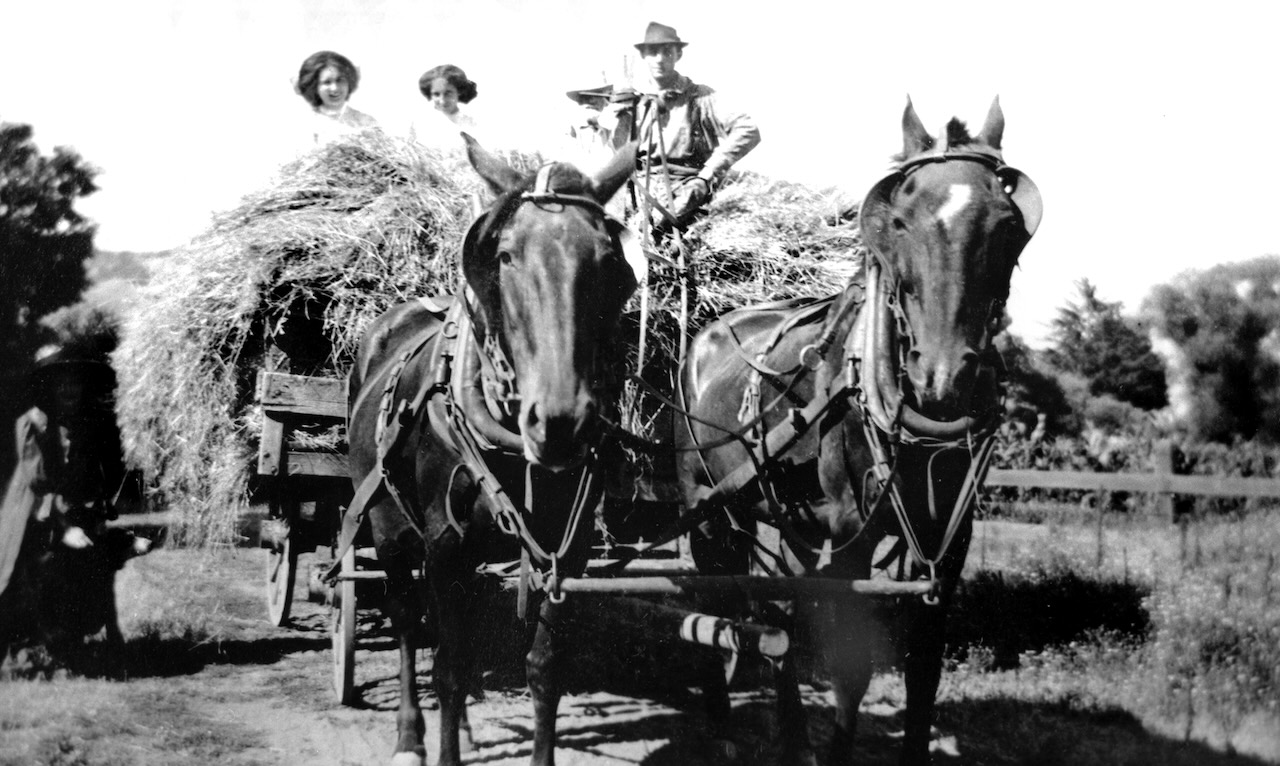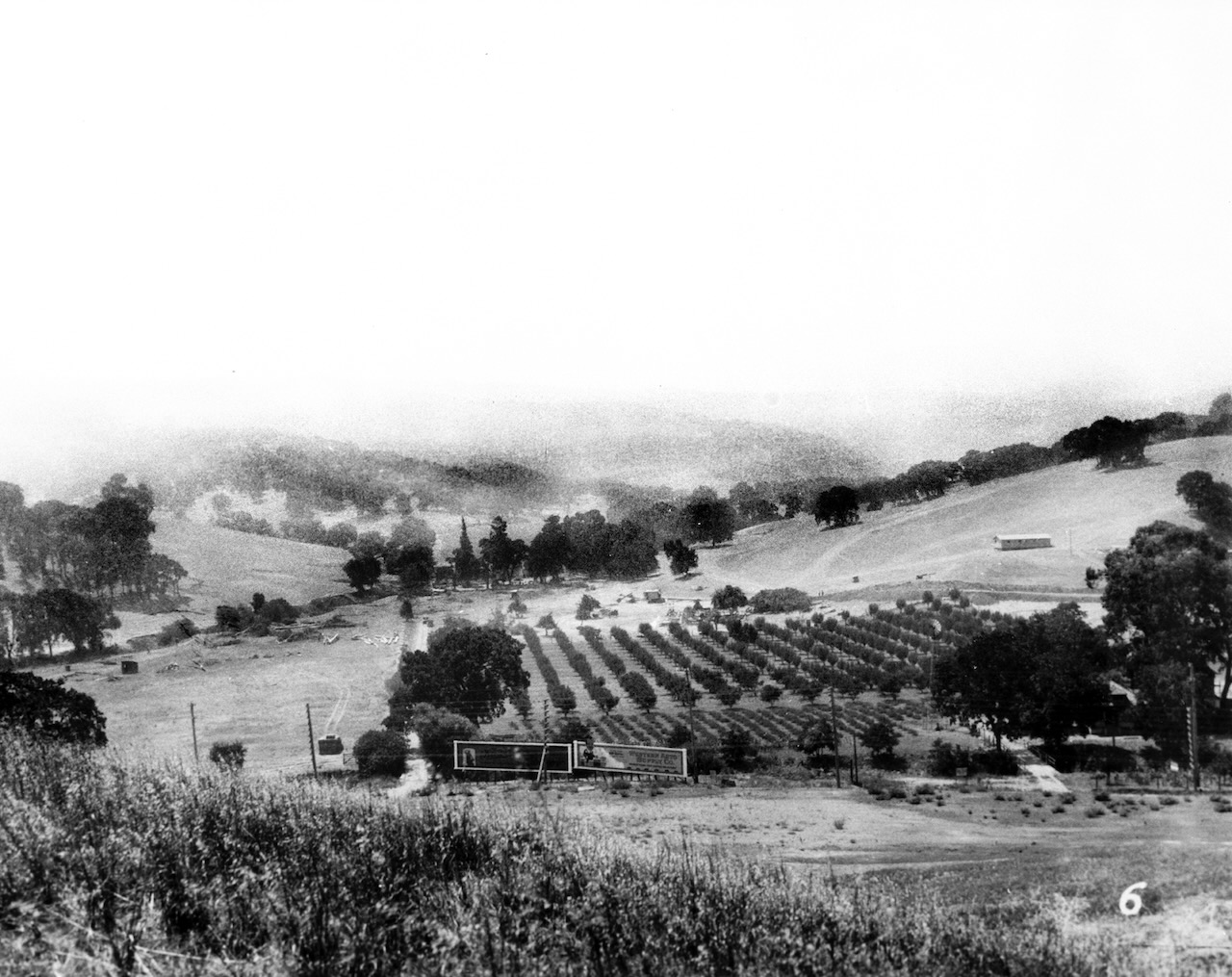The community of Lafayette was first established in February of 1848, when Elam Brown, a farmer from the Midwest, purchased Rancho Acalanes, 3300 acres of land, from William Leidesdorff, a San Francisco land speculator, who had purchased it from Candalerio Valencia, a Mexican sergeant, who had received it from the Mexican government for his service in the Mexican War of Independence in 1821.
Elam Brown had crossed the Plains from Missouri in a wagon train with 14 other families on a journey of six months. The group had originally intended to go to the Oregon Territory but a drought on the Oregon Trail caused them to alter their plans and try for California.
Elam and his wife Margaret spent some time in the East Bay area before purchasing the Rancho Acalanes. The early settlers in the community were mostly farmers and Elam established the first business in the town, building a grist mill so farmers could mill their grain rather than having to take it to San Jose.
Lafayette was an agricultural town for the second half of the 19th century but after the Kennedy Tunnel was built in 1903, it was easier to access both counties, and Lafayette became a place for summer cottages of people from the western side of the hills. After the Caldecott Tunnel was opened in 1937 (as was the Bay Bridge), Lafayette became a suburban community.
Peter Thomson (right) was the town blacksmith for over 60 years. He put horseshoes on horses’ feet and made metal tools and square nails for the farmers of the area. He also repaired farm equipment for early farmers.
A farmer sharpens his plow, an integral piece of farm equipment, before planting season in the early 1900s. The invention of the wooden plow in the late 1700s enabled farmers to produce more crops with less labor. The end of the plow was attached to a team of horses or oxen, the coulter sliced a furrow in the ground, and the moldboard lifted and turned the soil.
Sybil Brown and Pearl Christians ride on a hay load to the barn on Elam Brown’s Ranch around 1910. The width of this hay wagon explains why only one wagon at a time could pass through the Kennedy Tunnel (above today’s Caldecott Tunnel).
Pictured here in the early 1900s, Jenny Hatch, wearing a fancy hat, and her father tend to their cows on the Hatch Ranch in Upper Happy Valley. They kept a typical barn with a pulley for hauling hay bales up to the rafters for storage. Many farmers made their own butter and cheese from the cows’ milk.
Fruit dries in the sun at the Hollenbeck Ranch in Upper Happy Valley in the early 1900s. As the family lines up for the photograph, imagine the pride for all the hard work of picking the fruit, splitting it, and drying it. Long periods of hot summer days with no rain made perfect conditions for growing and drying fruit.
Charles Malley is pictured on the Malley Ranch with his dogs. The ranch had pears, peaches, walnuts, and a grape vineyard. Charles’ father later sub-divided the area of their ranch, which became known as Peardale.
A dam running east to west was proposed at this site facing south in 1927 just beyond the grove of trees at center. Mt. Diablo Boulevard is in the foreground with the two billboards facing the street. Pear trees in the orchard still stand today at the site of the Lafayette Reservoir.








